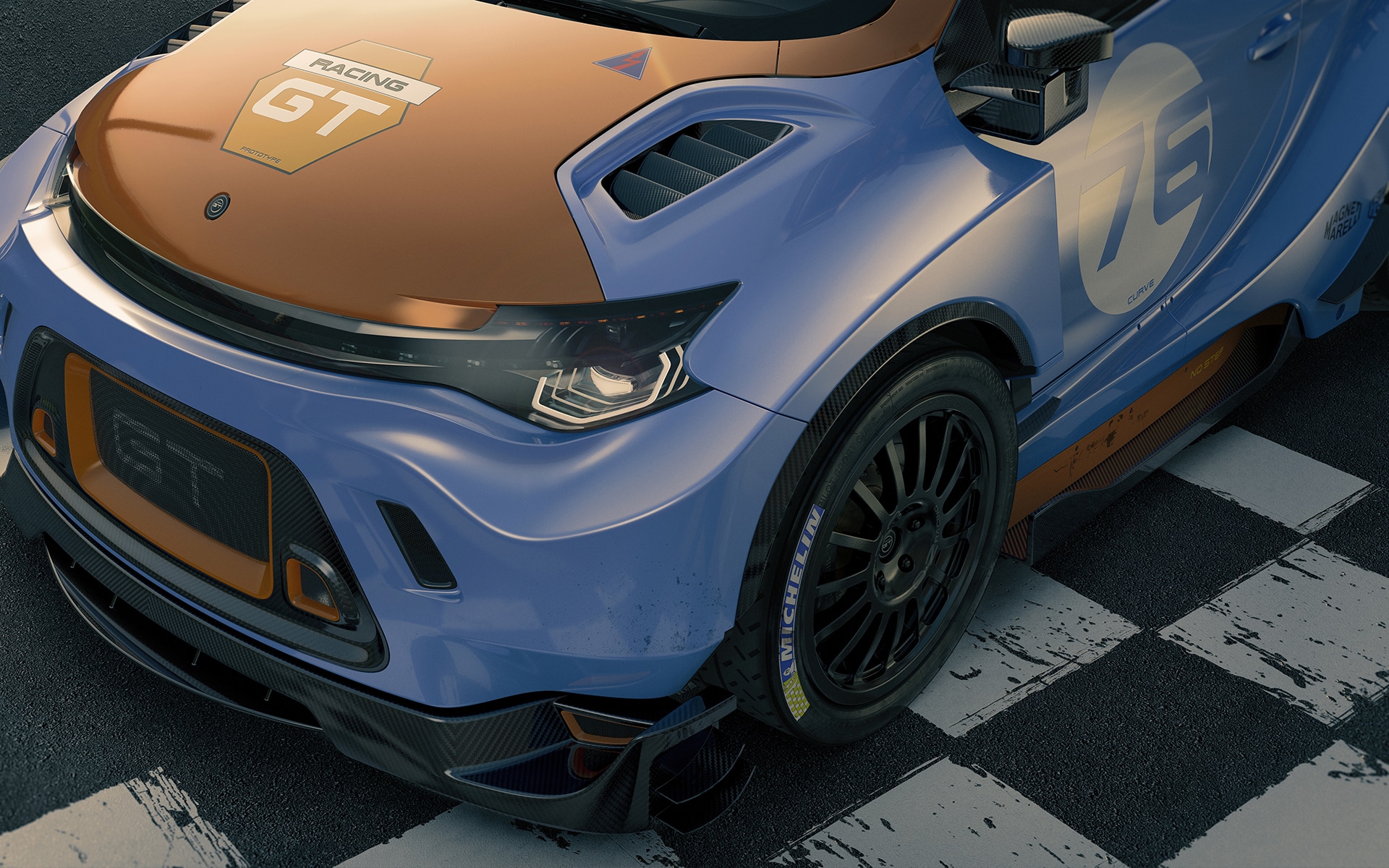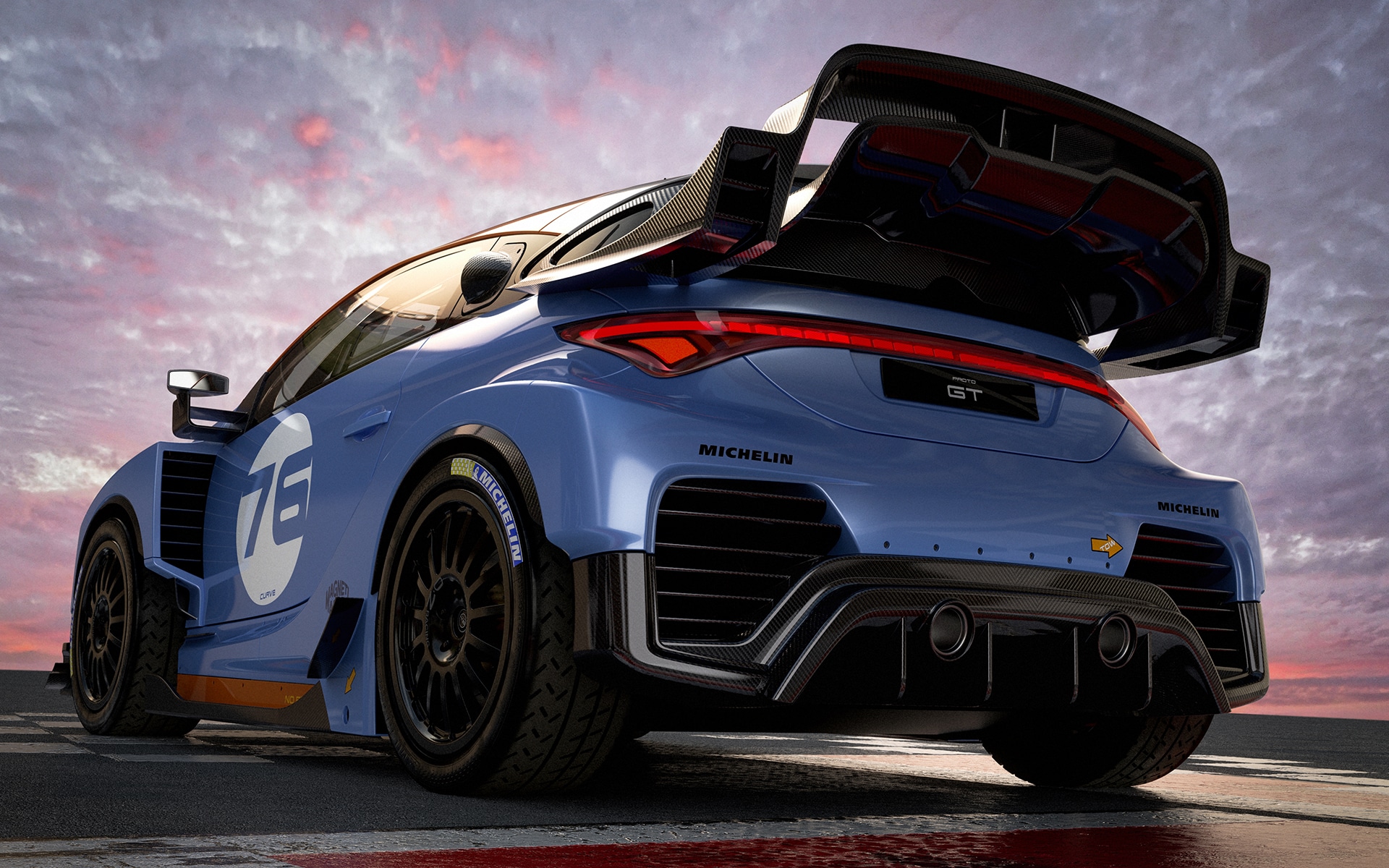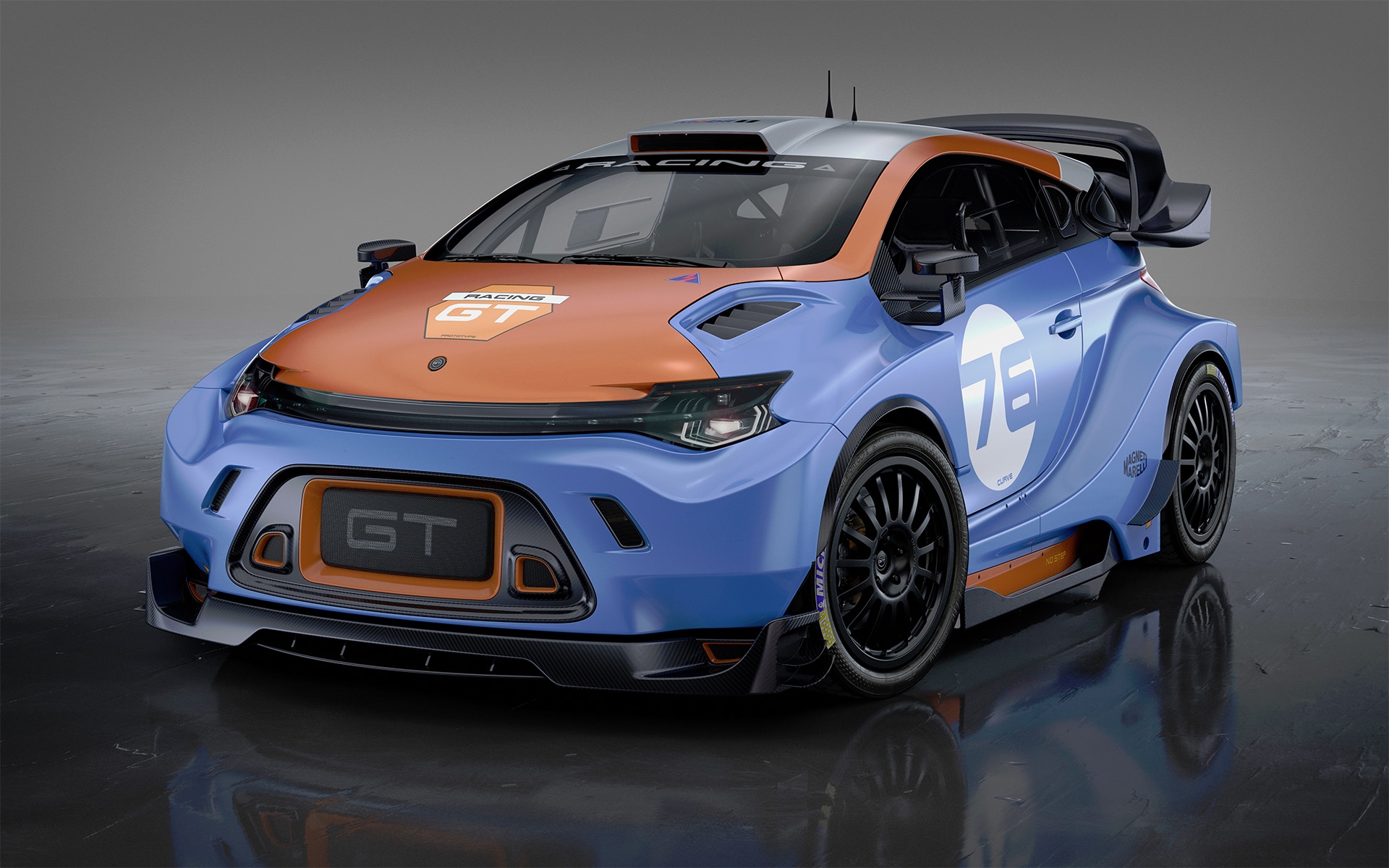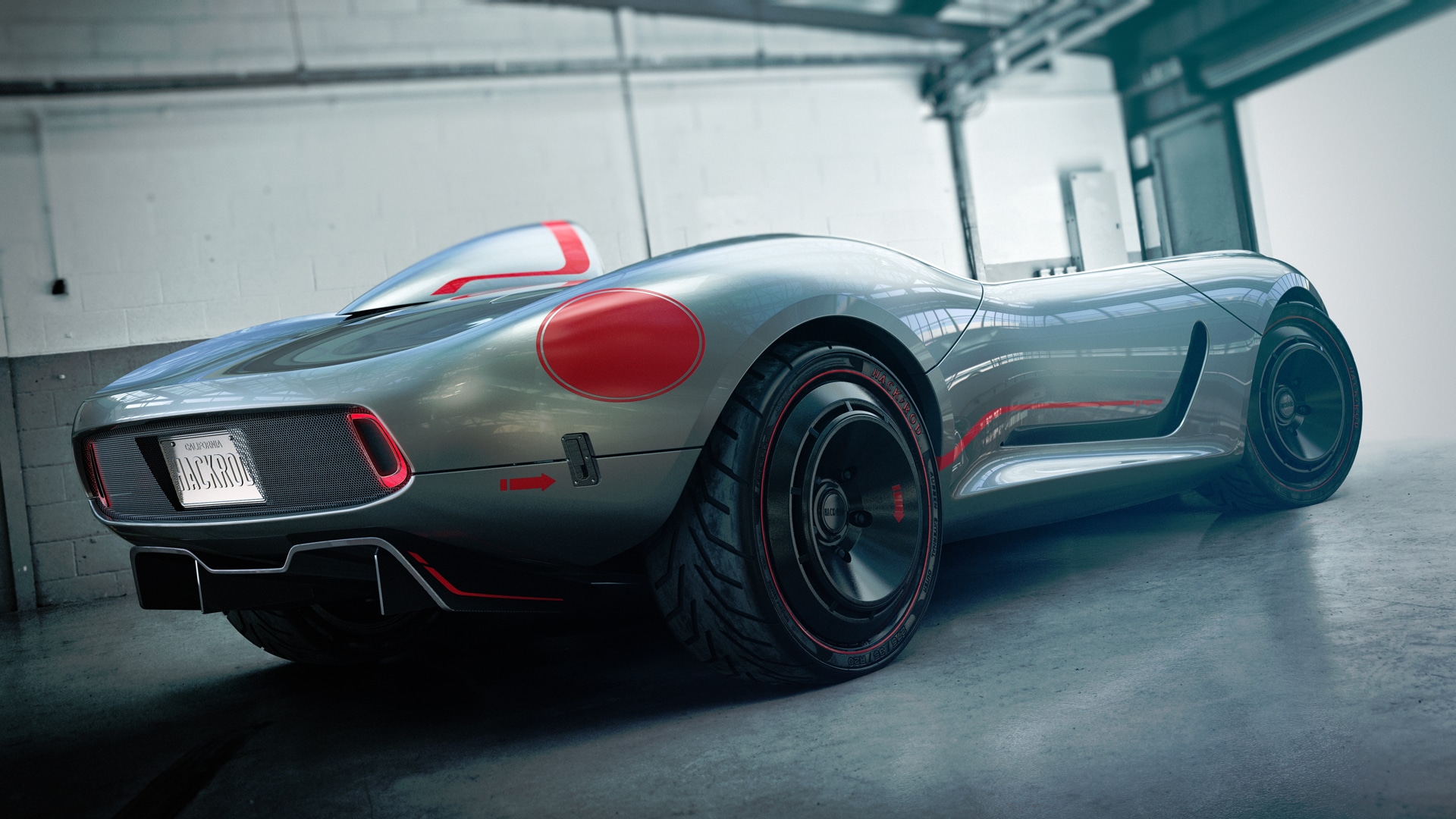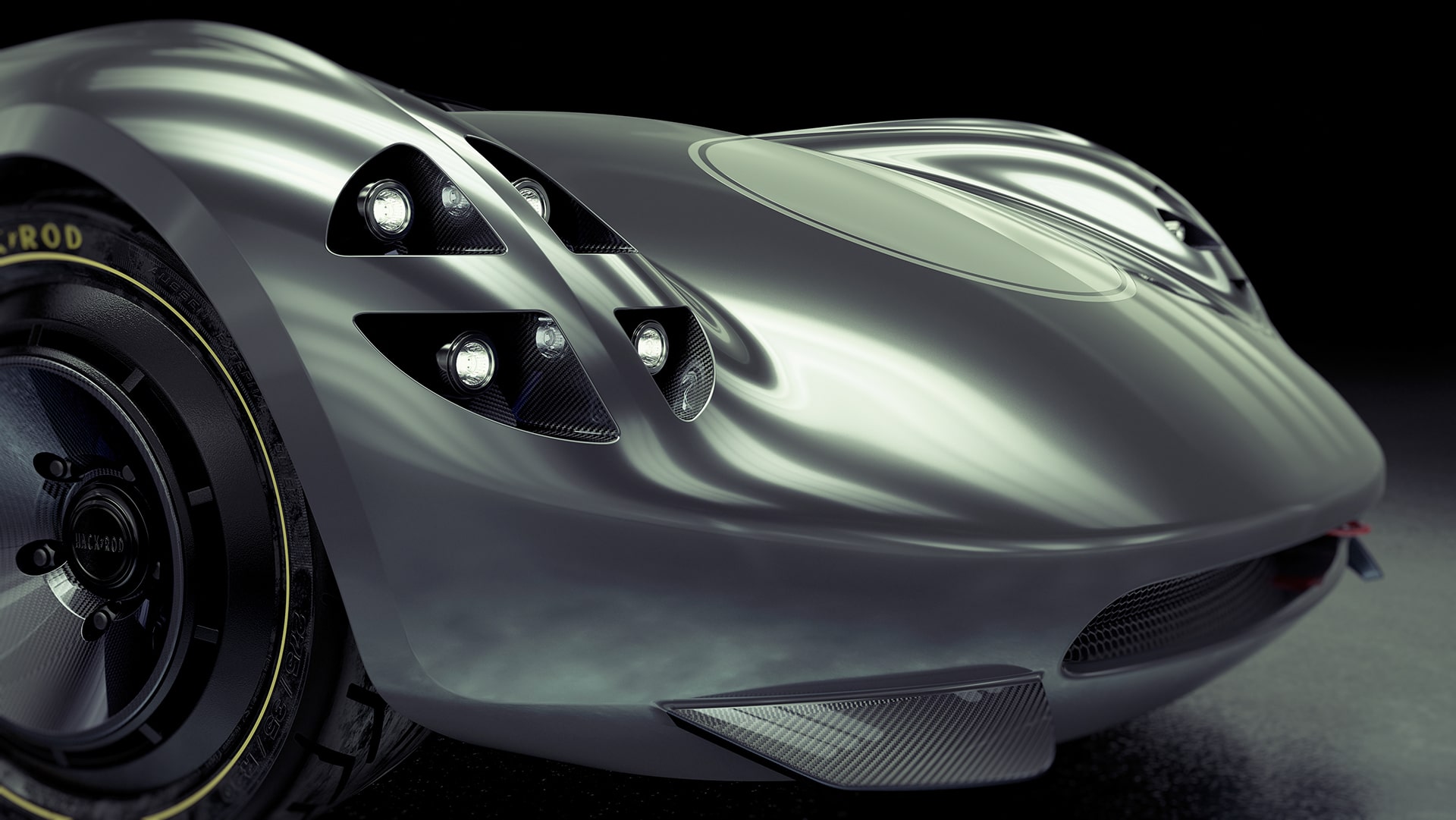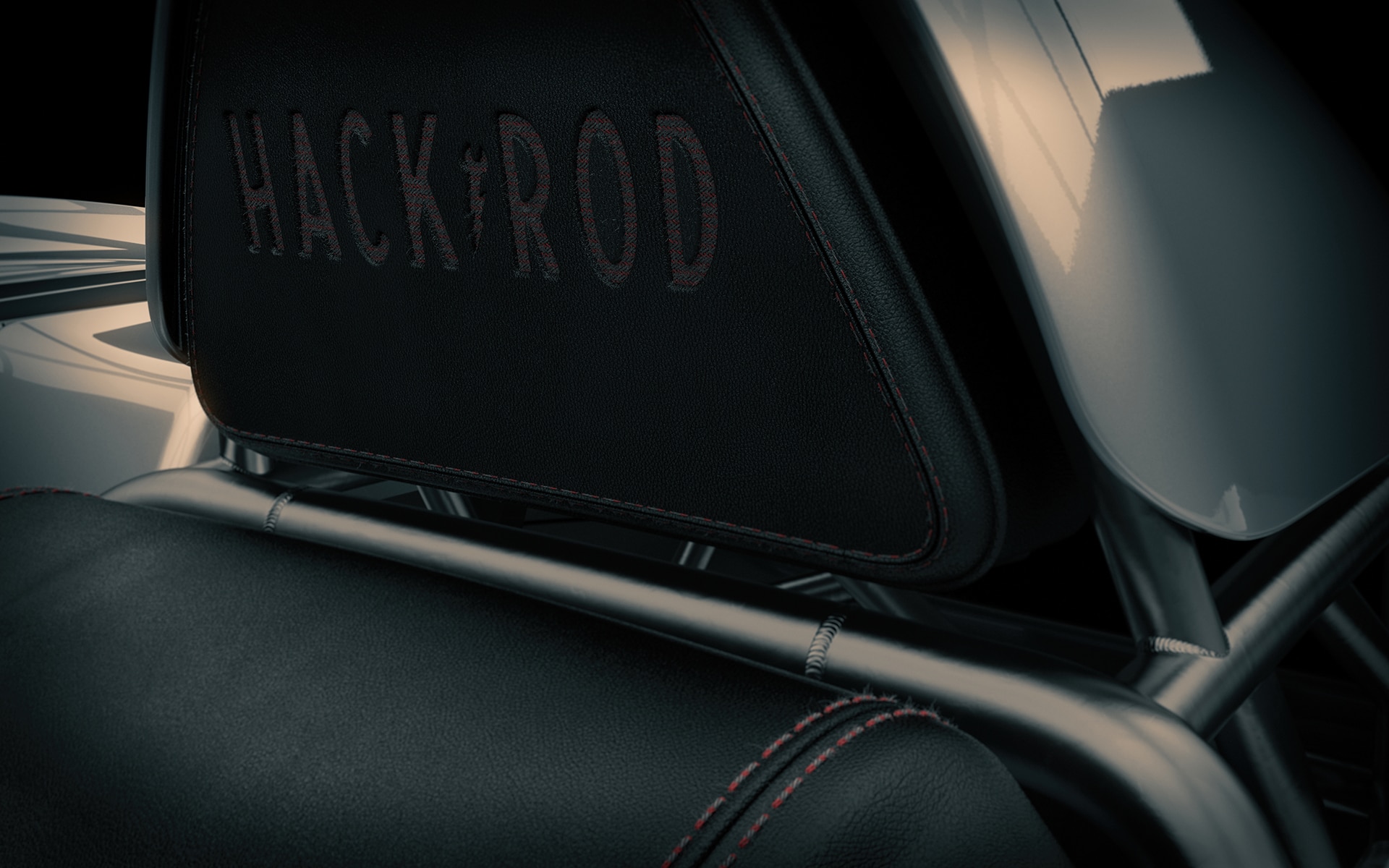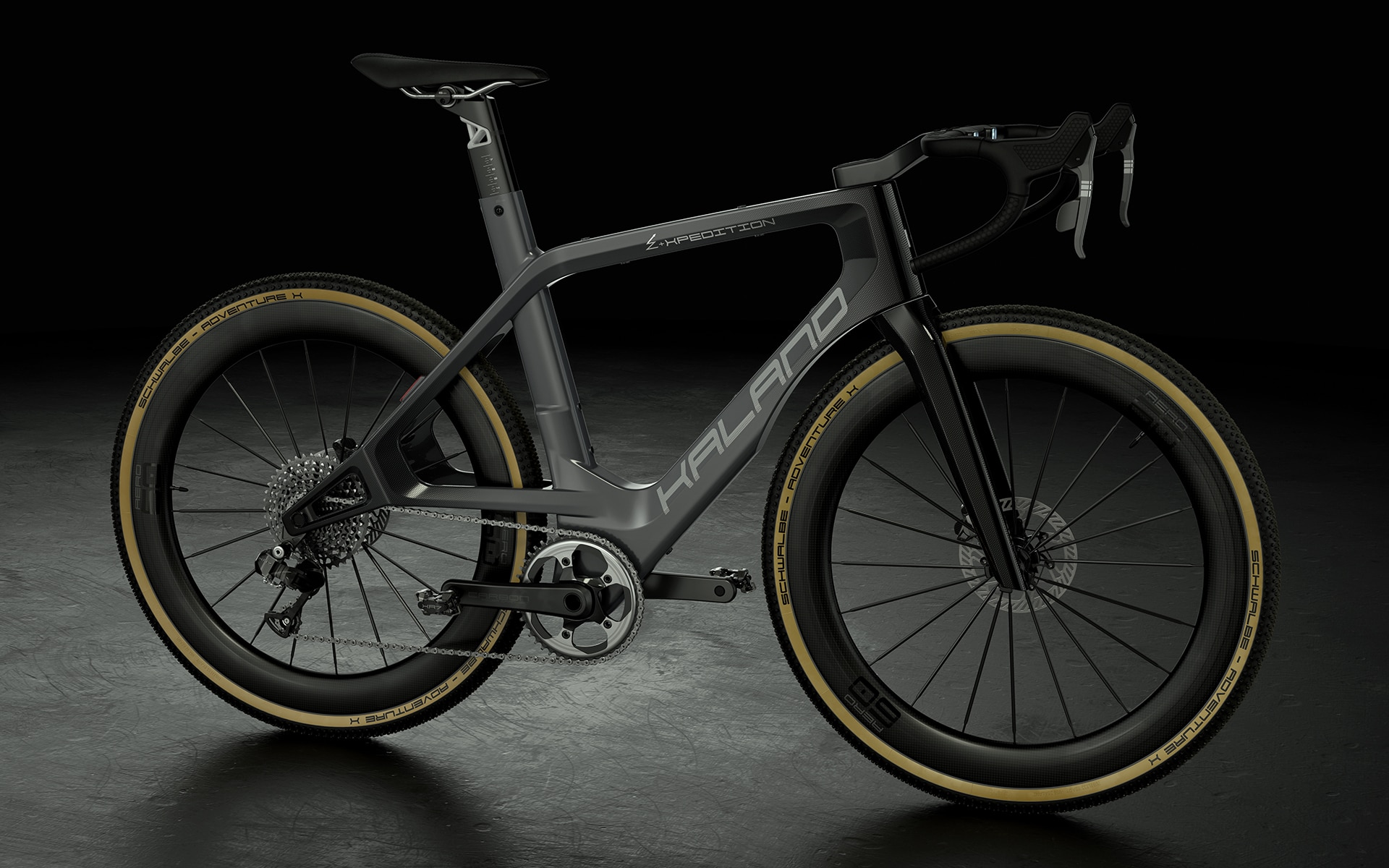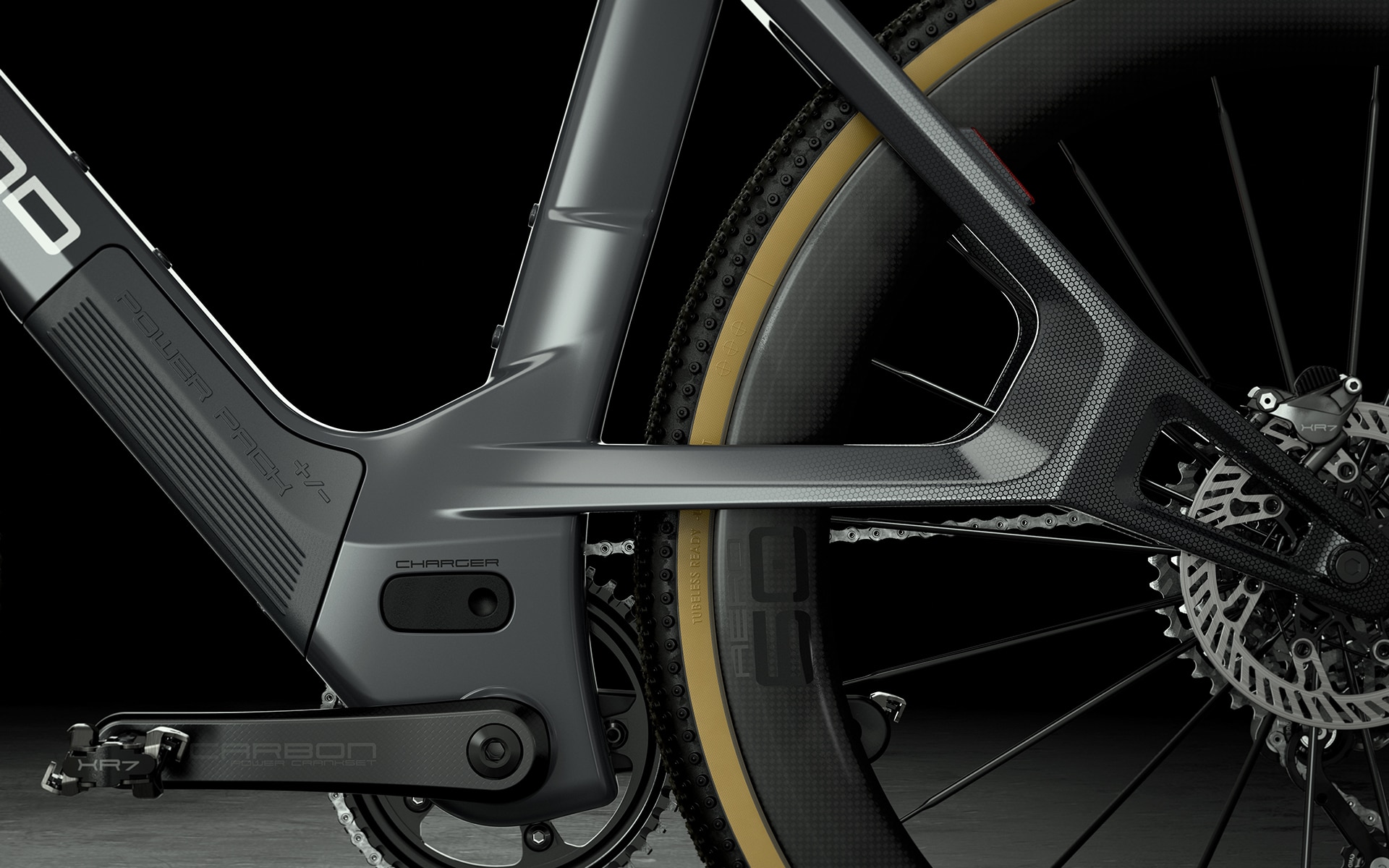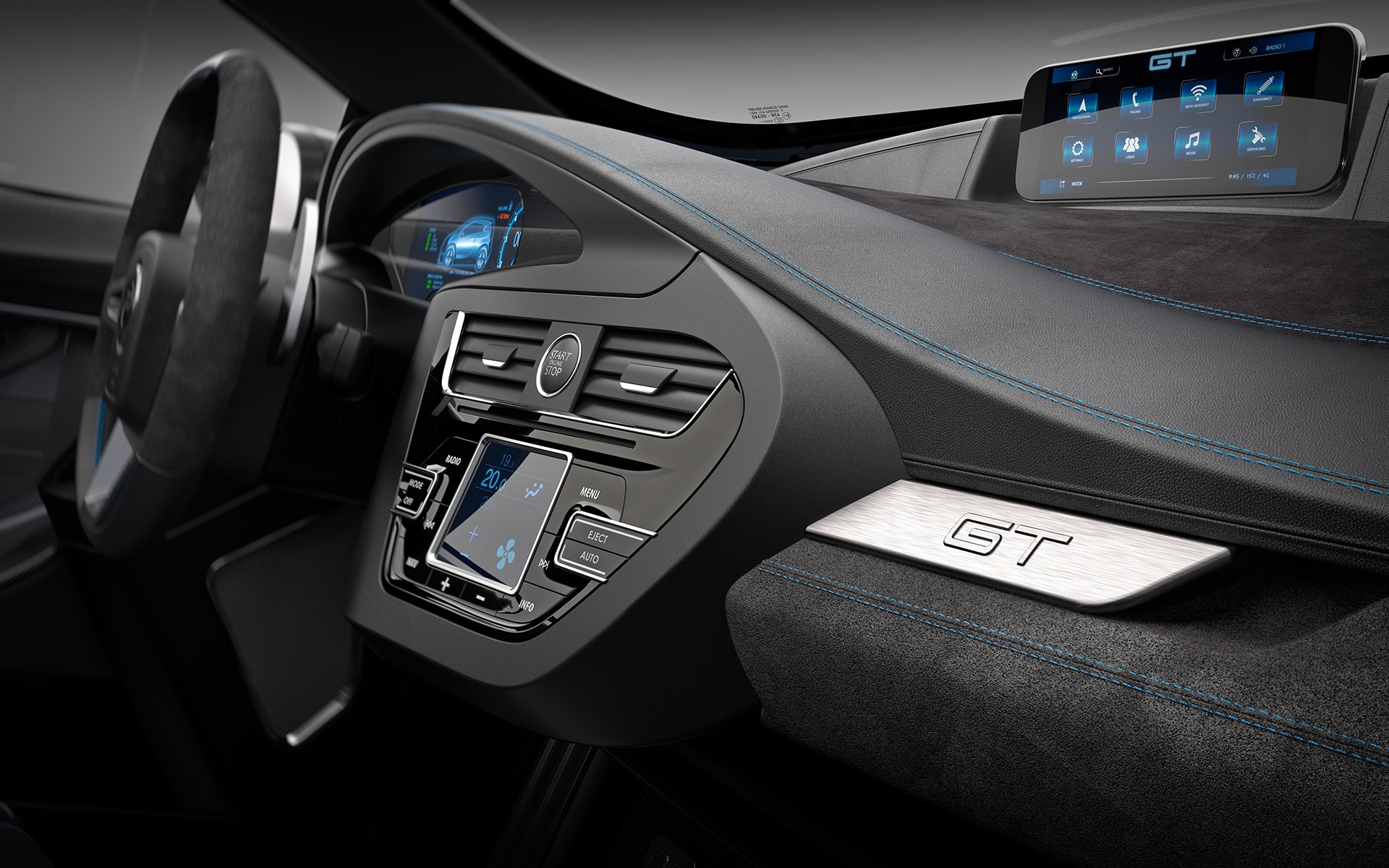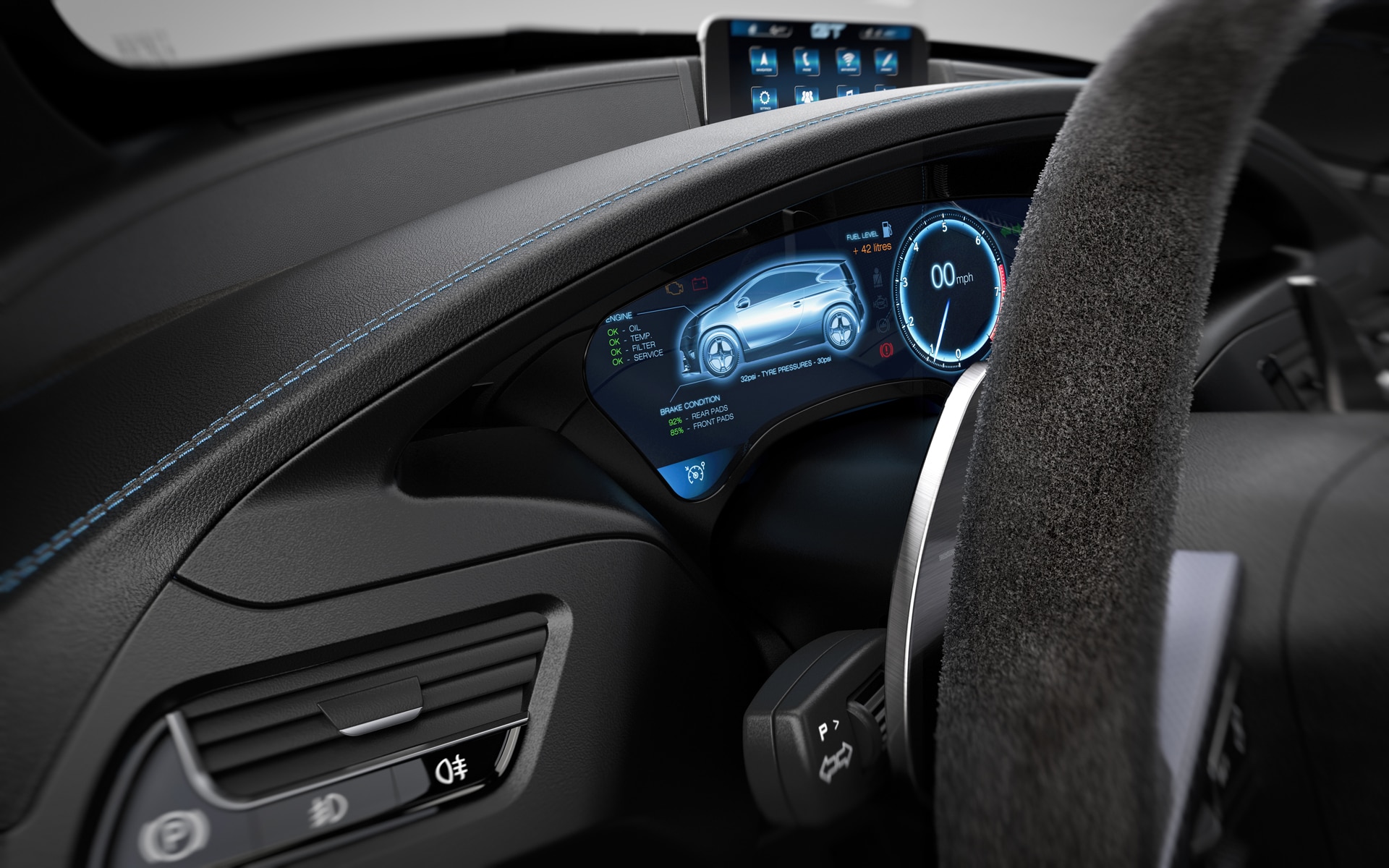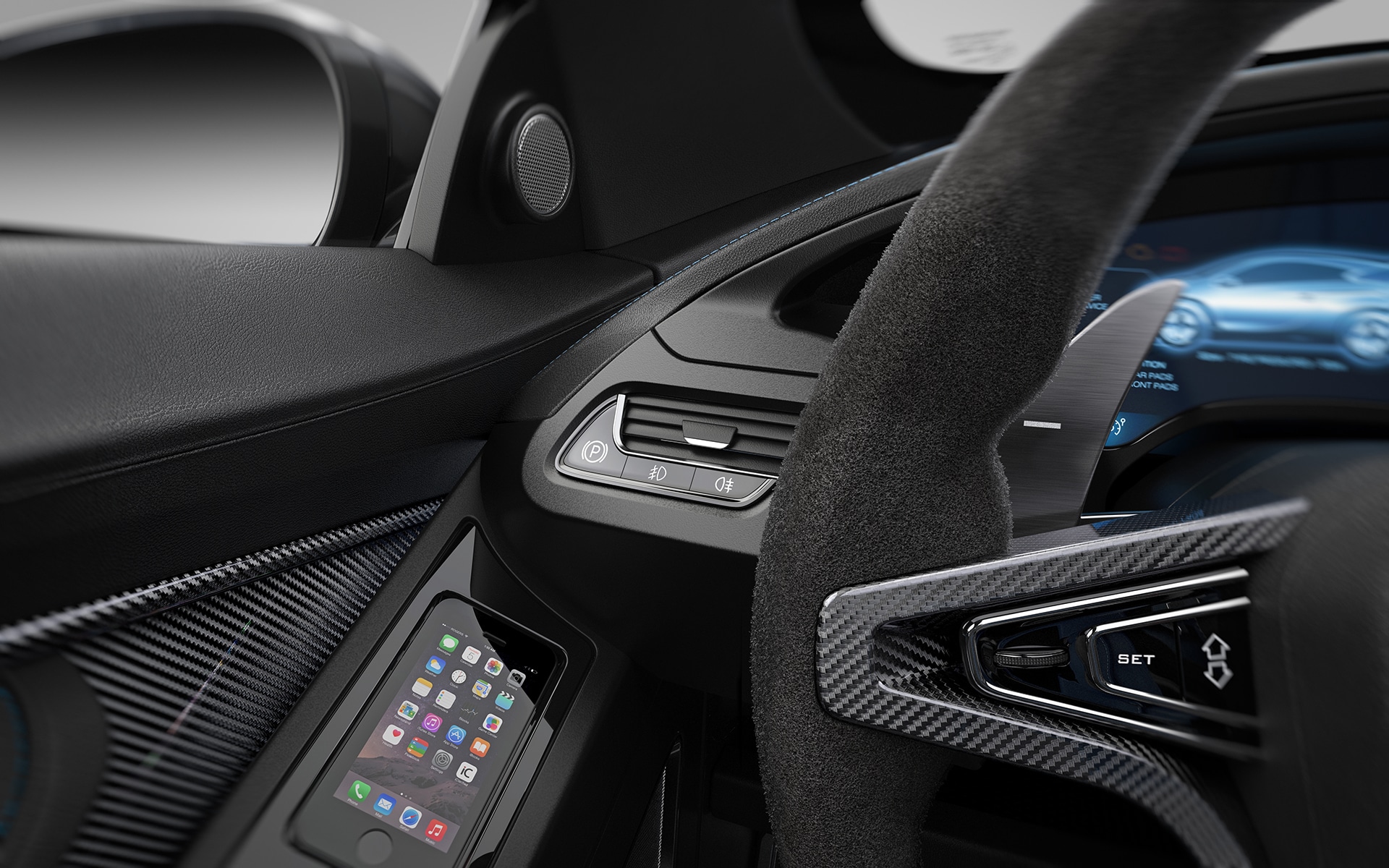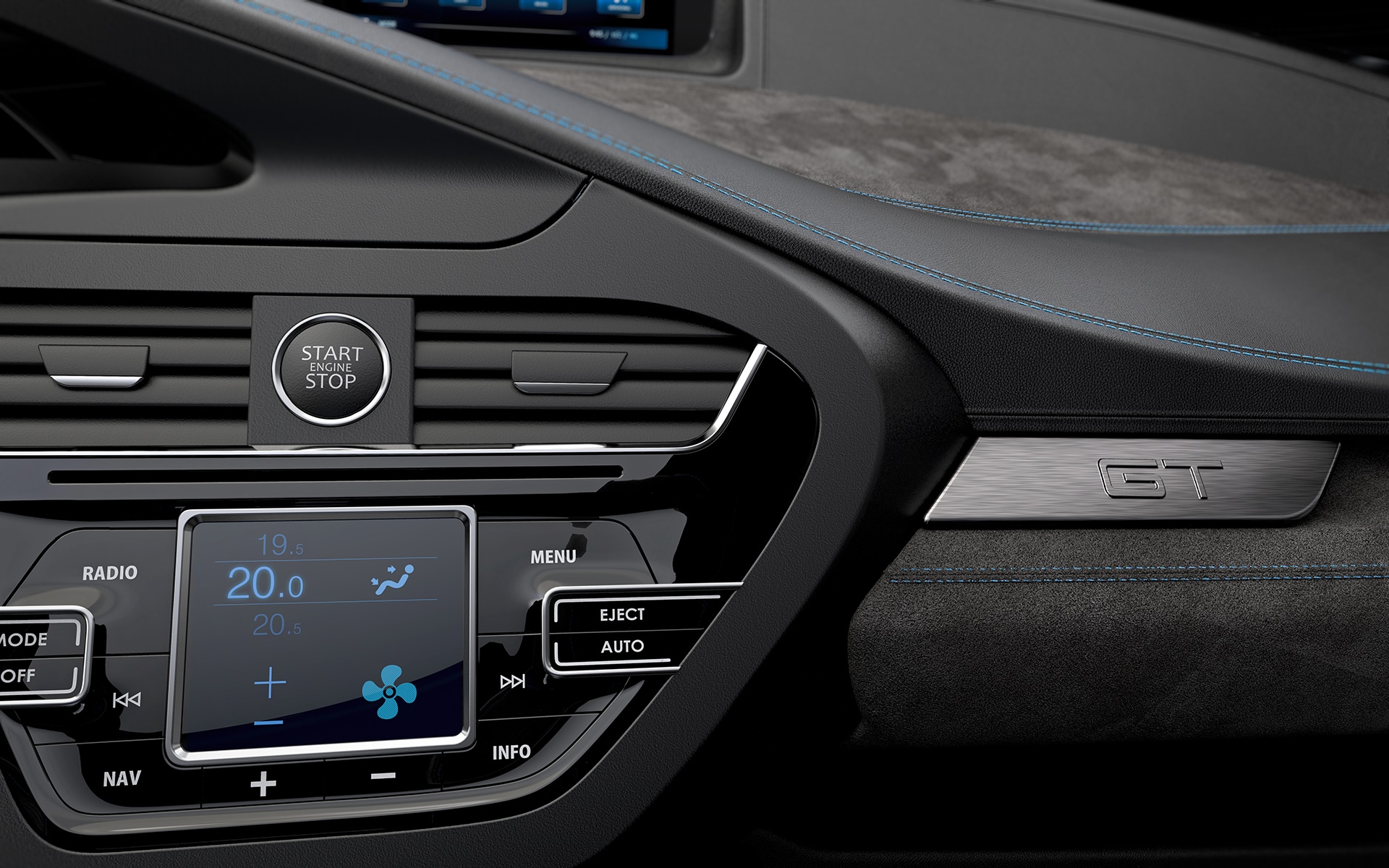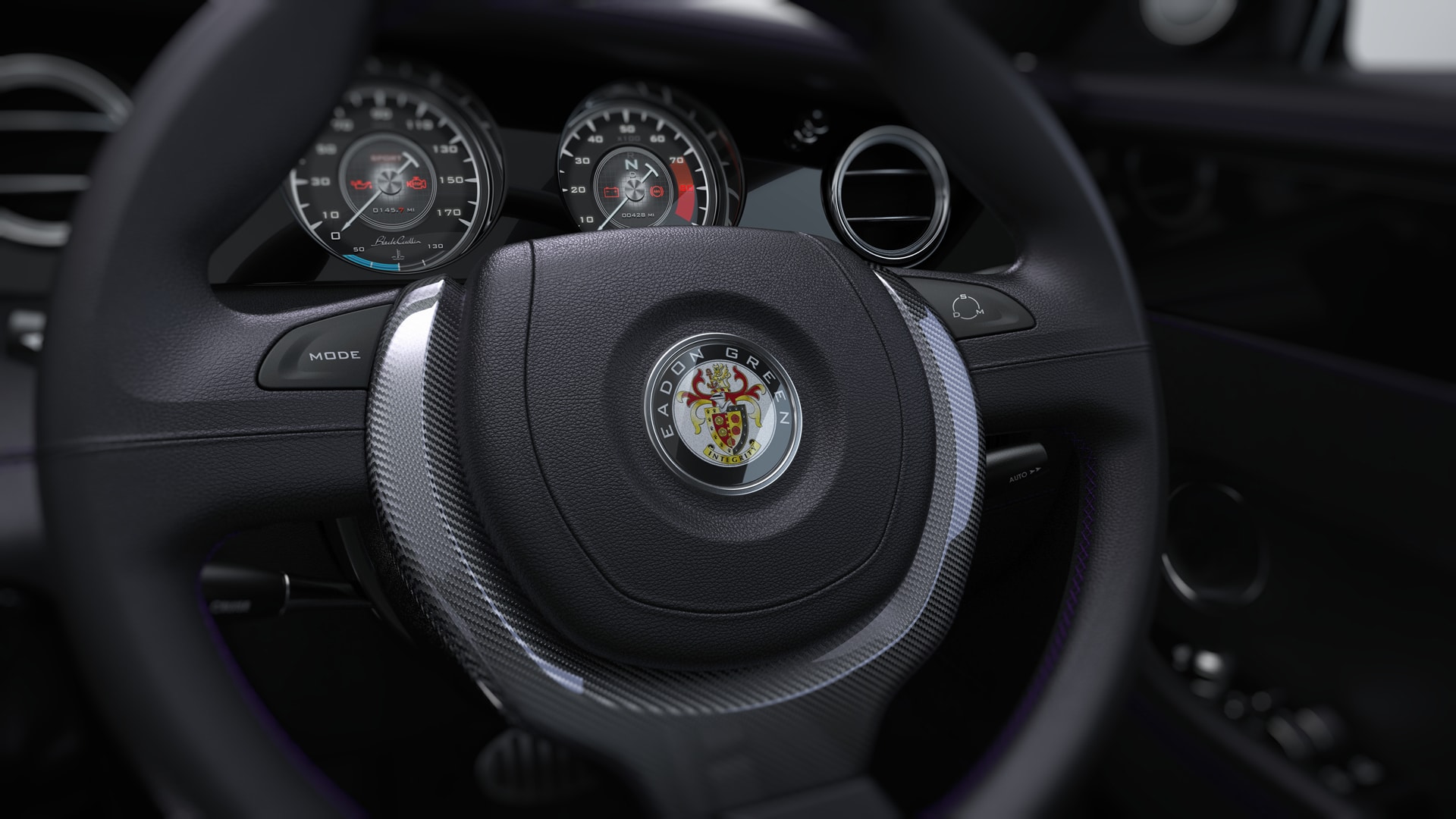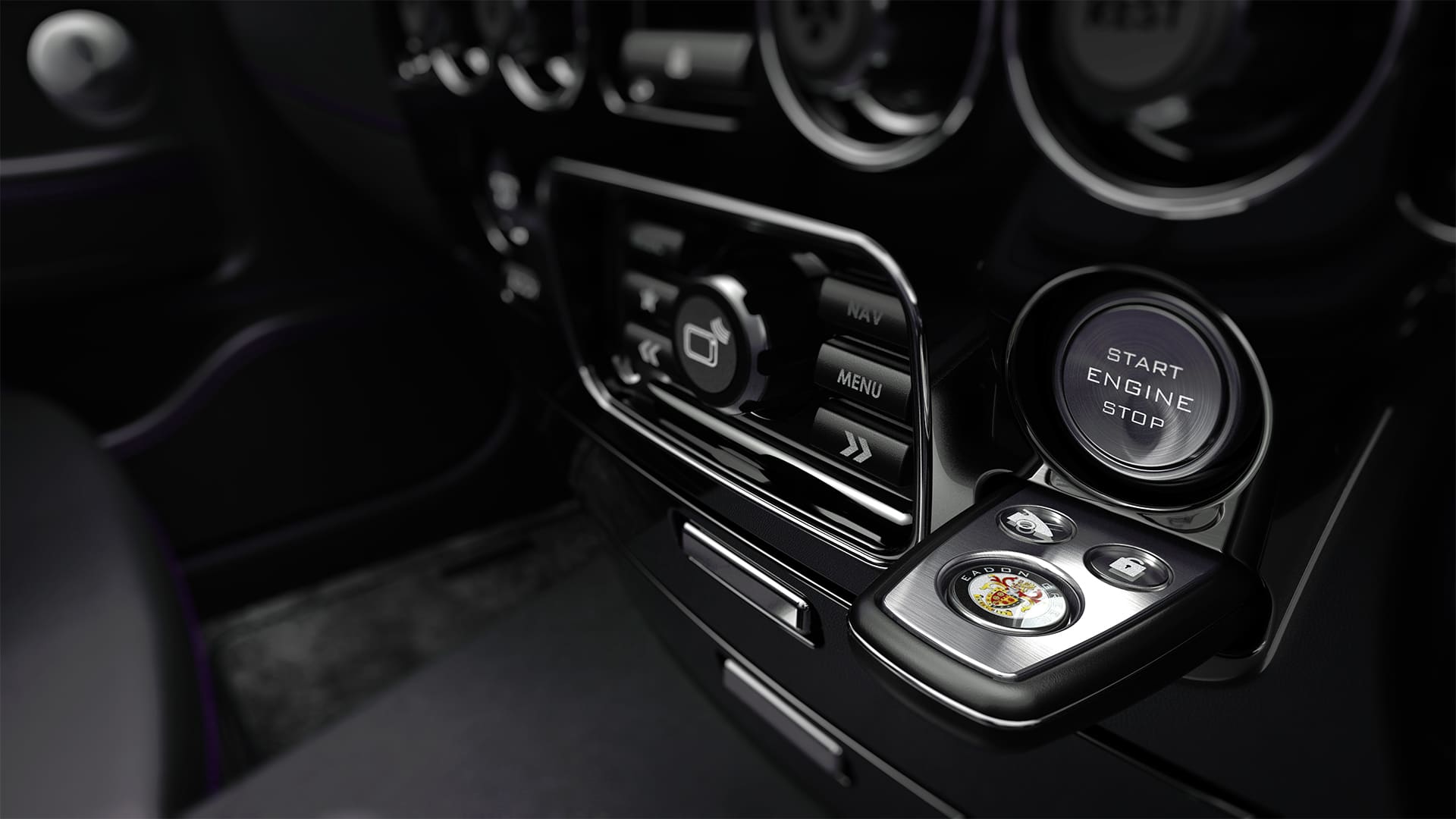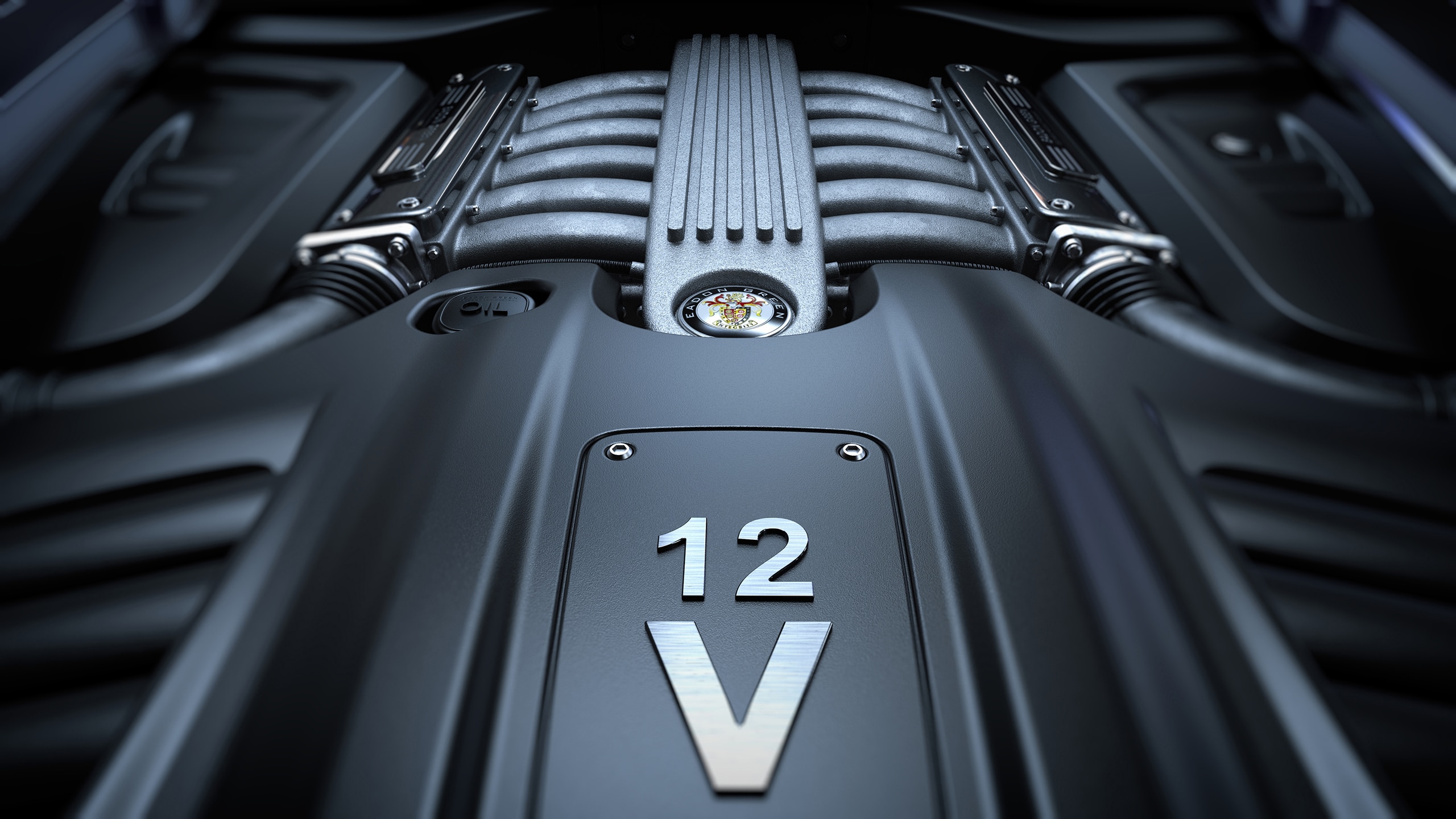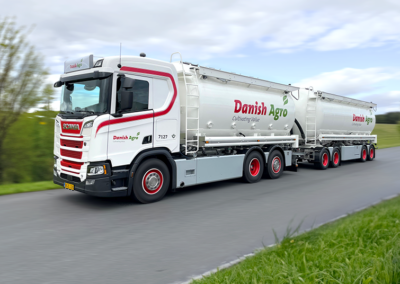Curve is a design consultancy that specializes in vehicle design across the automotive and transportation industries. With their industry experience and unmatched passion for creativity they bring a unique style to customers around the world. Curve director, Ian Nisbett, has worked for the world’s most influential automotive studios including Citroen, Nissan, and Mazda with current projects spanning luxury, sport, bespoke, and more. We talk with him to find out more and learn how they use KeyShot.
curve-vehicledesign.com/
What sparked your interest in Automotive Design?
I was fascinated by cars and trucks as a child. I was always playing with toy cars and building plastic model kits, LEGO cars, and, of course, drawing them, too. I didn’t draw existing cars though, I always tried to create new ideas and concepts. Once I discovered that drawing (designing) cars was actually a real job, that became my goal for ‘when I grow up’.
What’s unique about the design process or approach to a project at Curve?
We have a small core team at Curve, but we operate with a large network of experienced associate professionals. As we cover a wide range of projects across the transport sector this allows us to select the best people with the most relevant skills for each project.
What is the primary 3D modeling software at Curve?
We use Autodesk Alias for our digital 3D modelling. Alias is the industry standard across OEM automotive design and software I have used since the late 1990’s. It excels for exterior surfacing and also works seamlessly for our interaction with engineering and manufacturing partners.
Where in your process is KeyShot used?
Previously, design development was very linear with a progression from Sketch/ideation to 3D model (digital and physical) and visualisation reserved to show the final outcome. Nowadays, we work with much more fluidity and use KeyShot to review, evaluate, and inform our design work multiple times throughout the process. So while we may kick off with a sketch phase and then move into 3D modelling, we will take our digital work into KeyShot quite early, for WIP (work in progress) form, to see how it’s shaping up, or if there are any obvious issues. Sometimes, even to test a proposed material break-up. From there, it might go back to 3D modelling or even back to sketching, and so on. For us, KeyShot is one of a number of key design tools and not simply for pretty pictures!
What are some projects KeyShot has been used on?
I’d say we use KeyShot on nearly every project. One of our specialties is luxury, niche vehicles that are either one-offs, or built in very low numbers. As a result, many of the parts which go into those vehicles are made to order by specialist manufacturers and fabricators. We have found KeyShot invaluable to both design the parts to the client brief and to also illustrate and explain the product to the teams who engineer and create the physical part.
Overall, how has KeyShot helped save time, money, and/or improve quality?
As a consultancy, many of the clients who come to us do not have a design background. We have found that producing realistic visuals in KeyShot is an extremely effective way to communicate how the project is developing. Although we still do work with physical models, many of our projects are purely digital from start to final build – so KeyShot visualisation enables our clients to make key decisions sooner and with greater confidence. As a result we can progress through our milestones faster which obviously saves time, and saves the client money.
What advice would you give to others interested in doing what you do?
A designer must be able to draw. I have taught and mentored at car design schools, and sketching does seem a little forgotten these days! Sketching is still the key skill for the ability to brainstorm and think up ideas but also problem solve and communicate. In addition, I would also encourage people to always be learning and enhancing their skills. I have 25+ years of industry experience and 1000’s of hours of digital modelling and visualisation but I make time each week to watch webinars, practice tutorials or read up on tips to try and improve. I always find things I didn’t know about or learn how to do something quicker/better!





